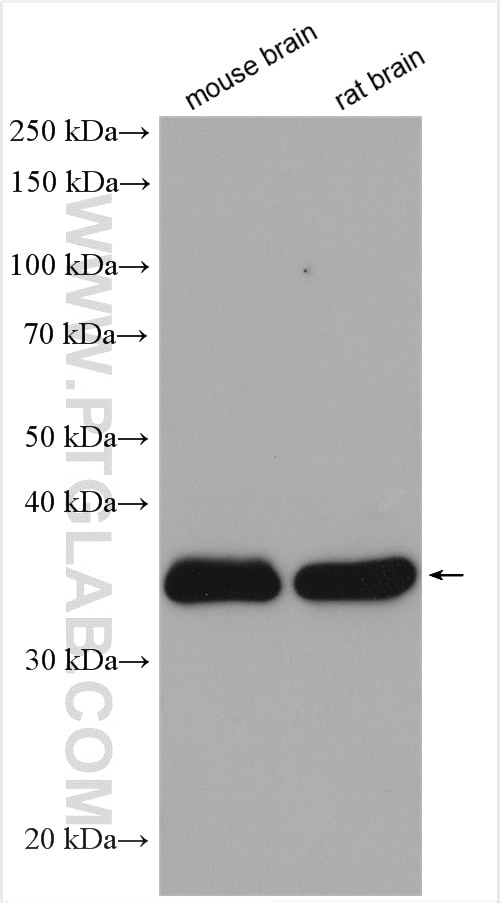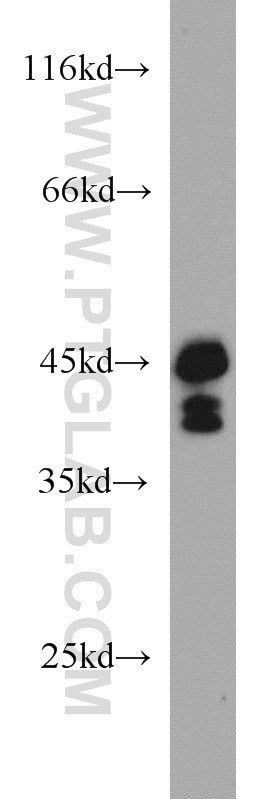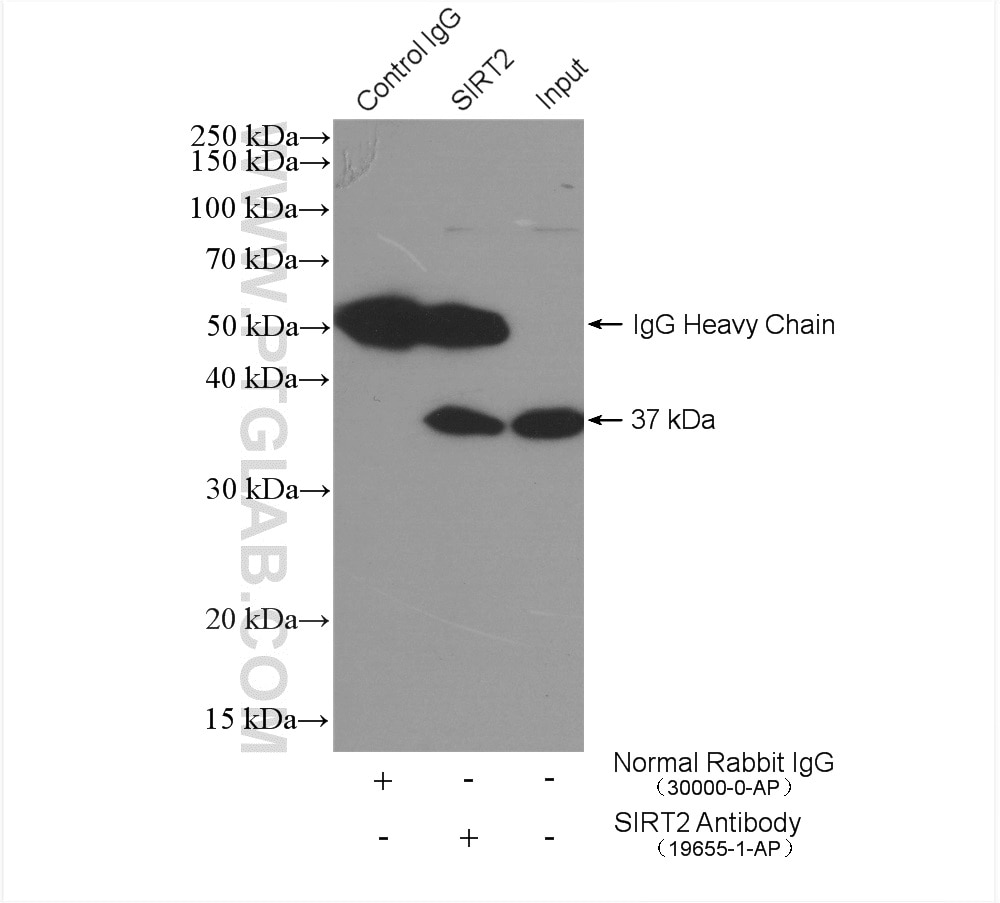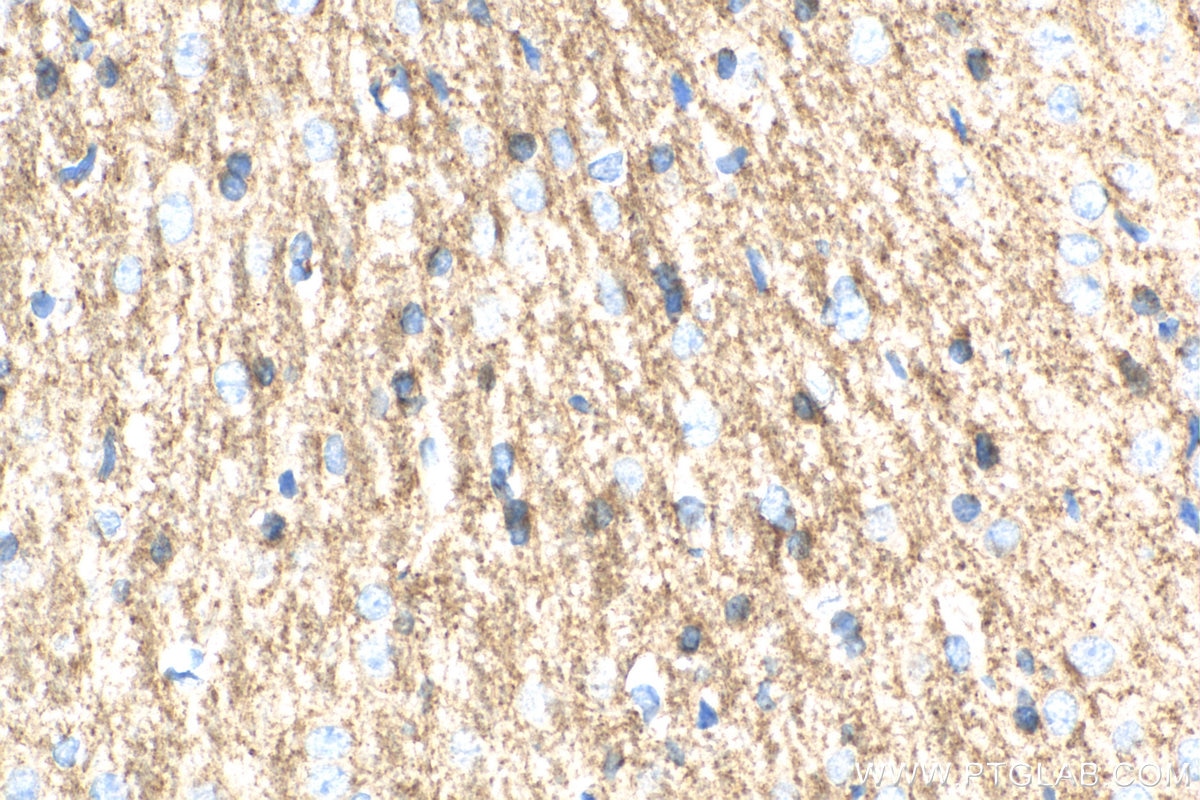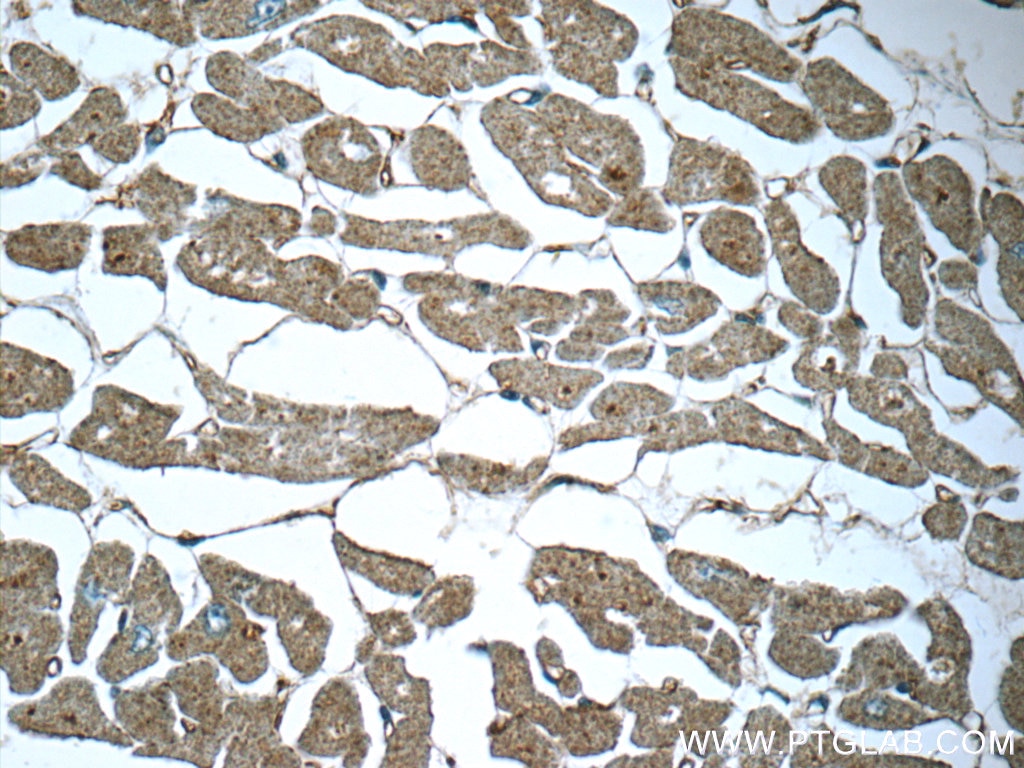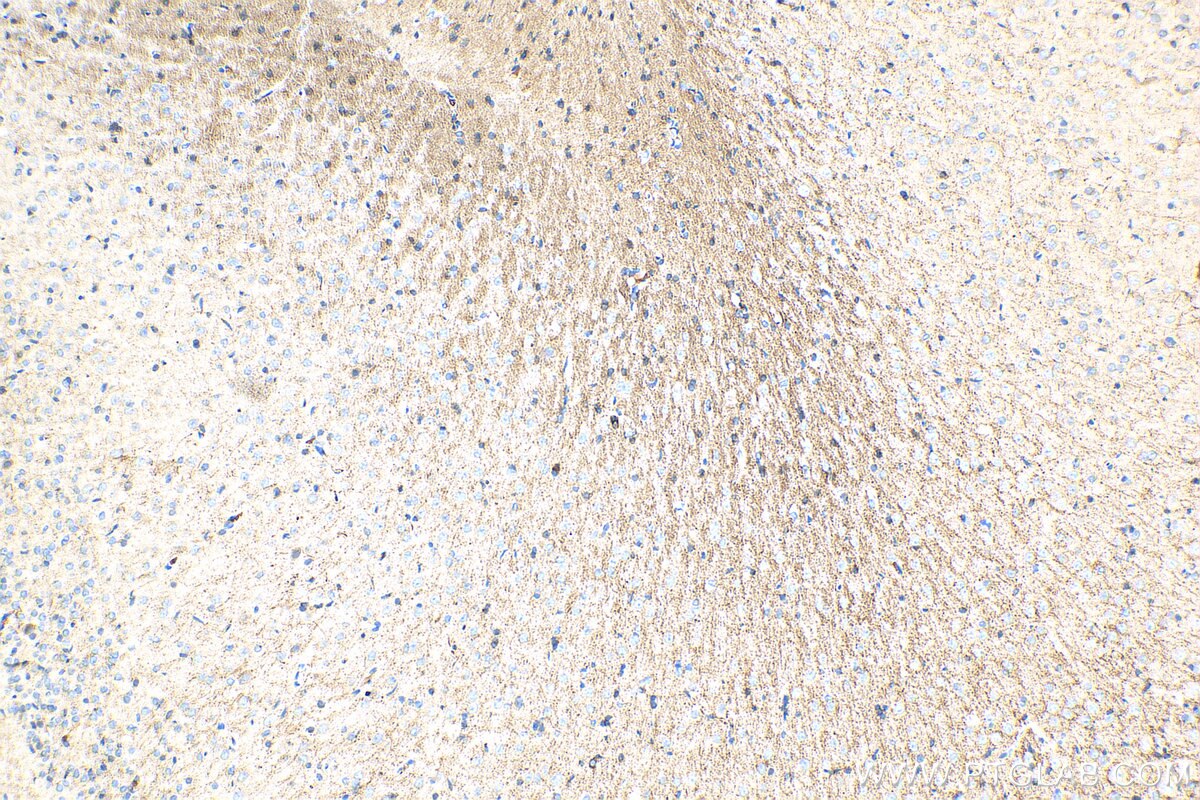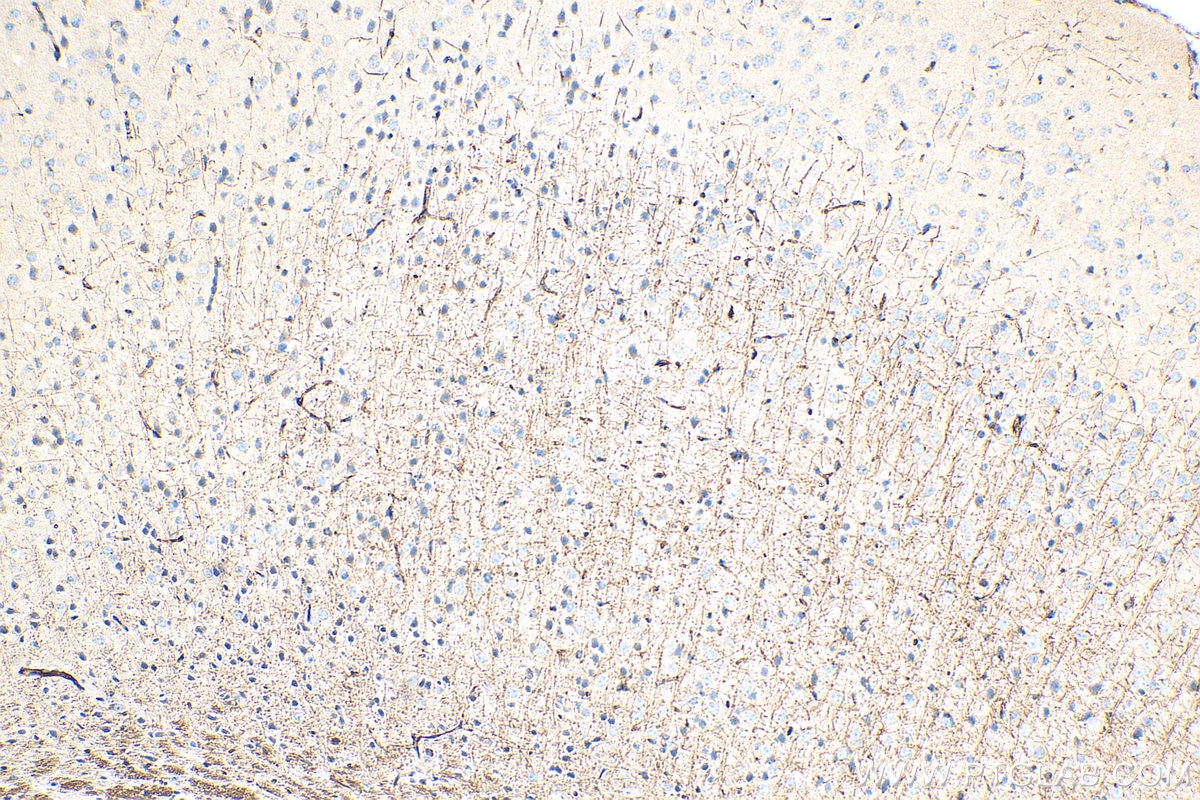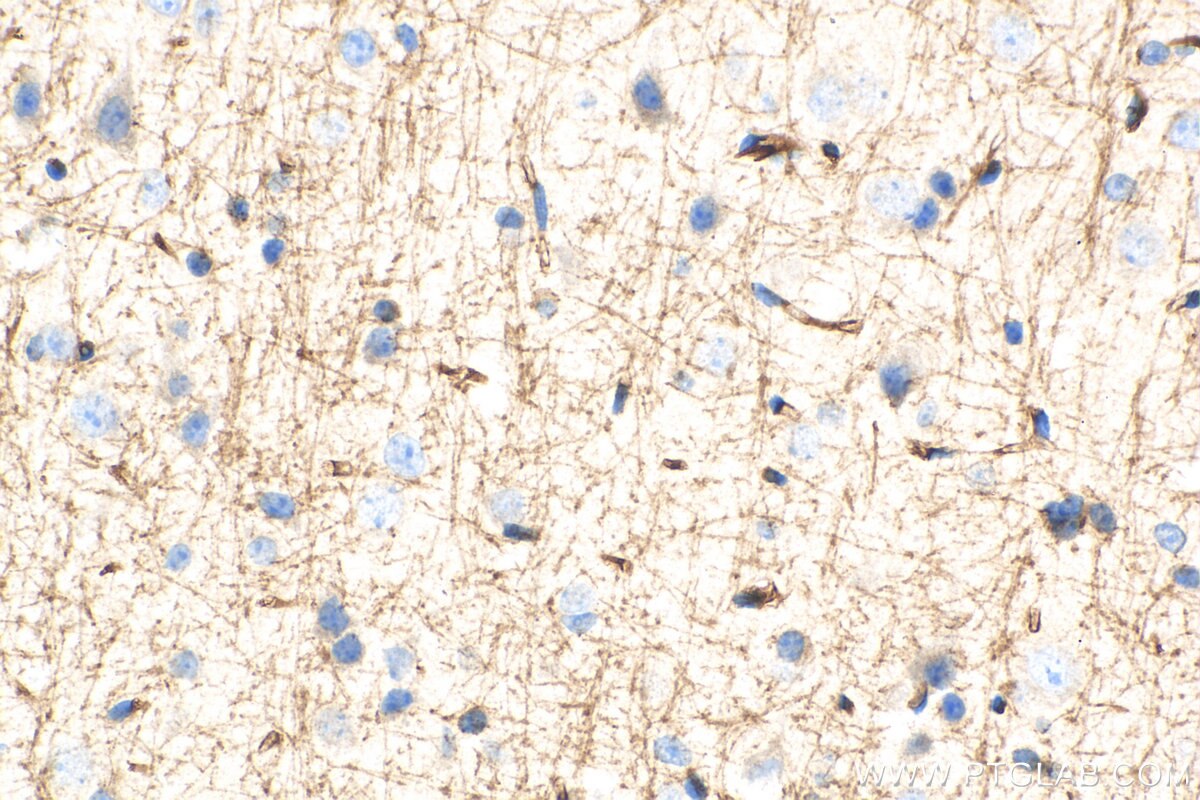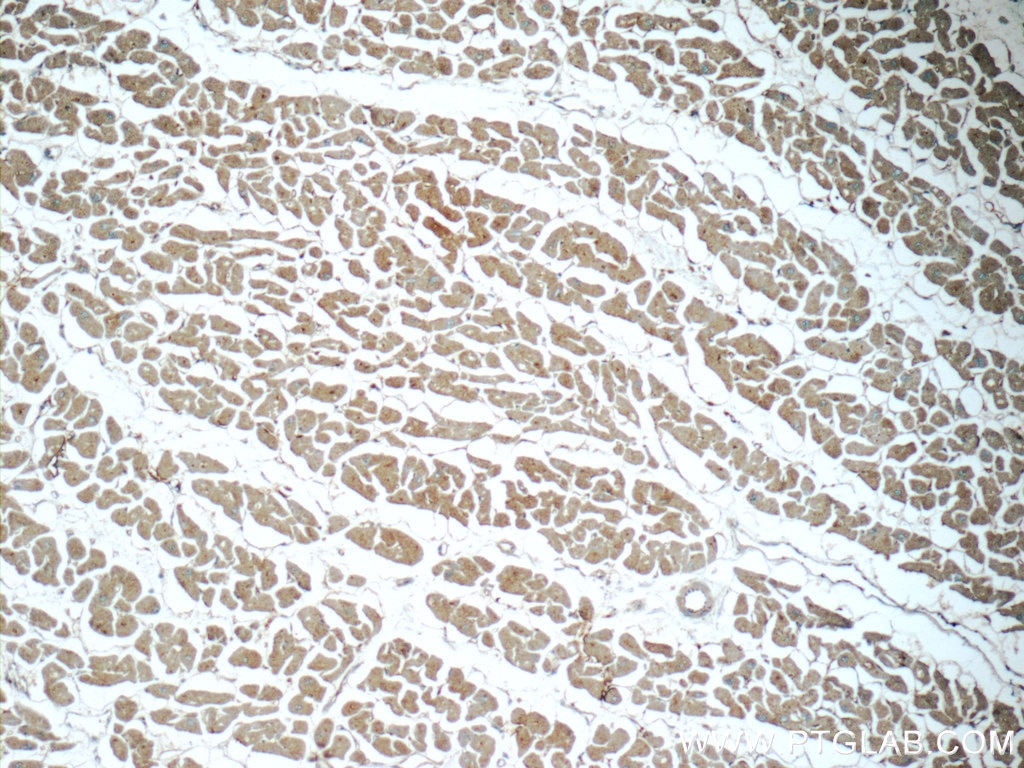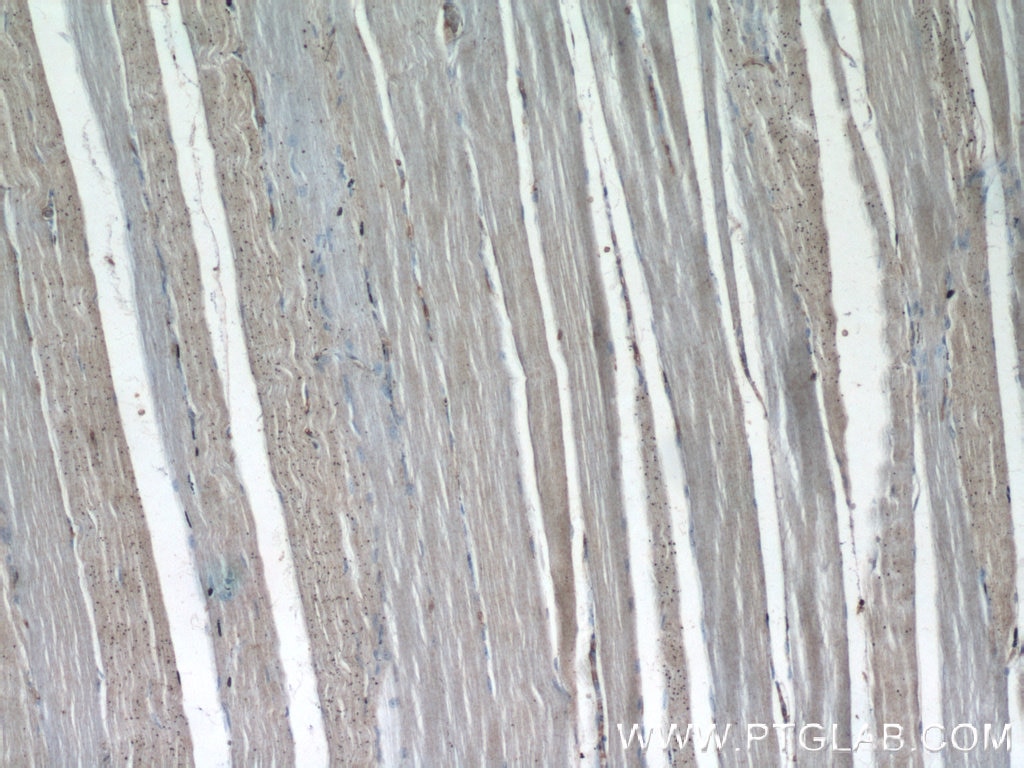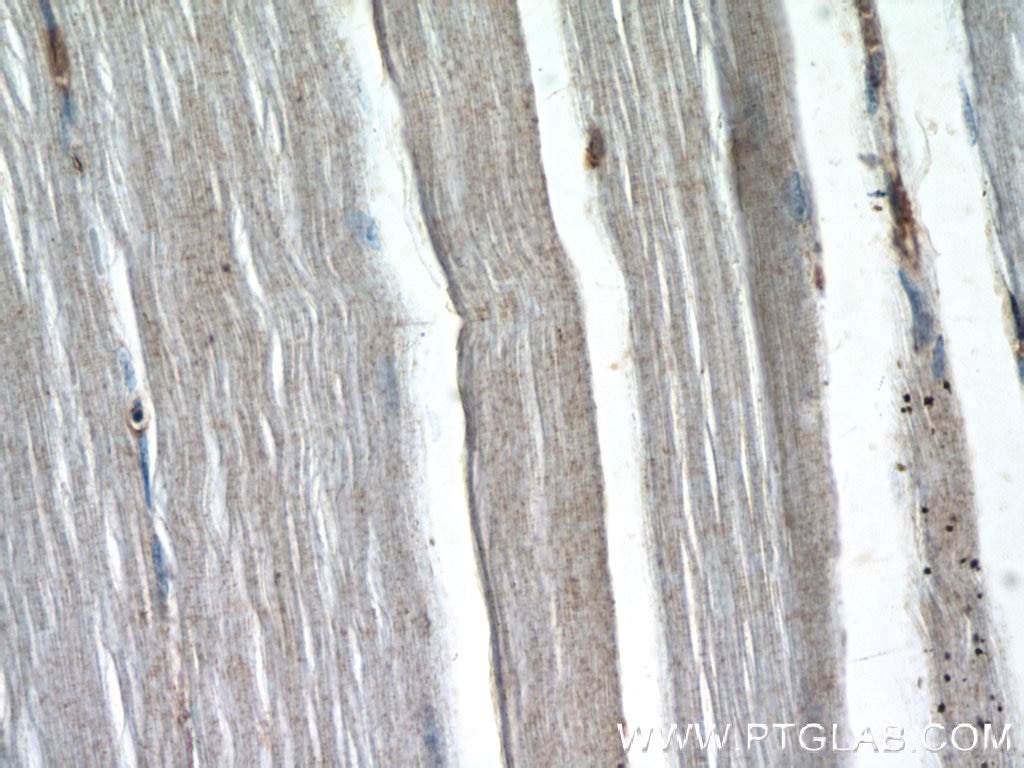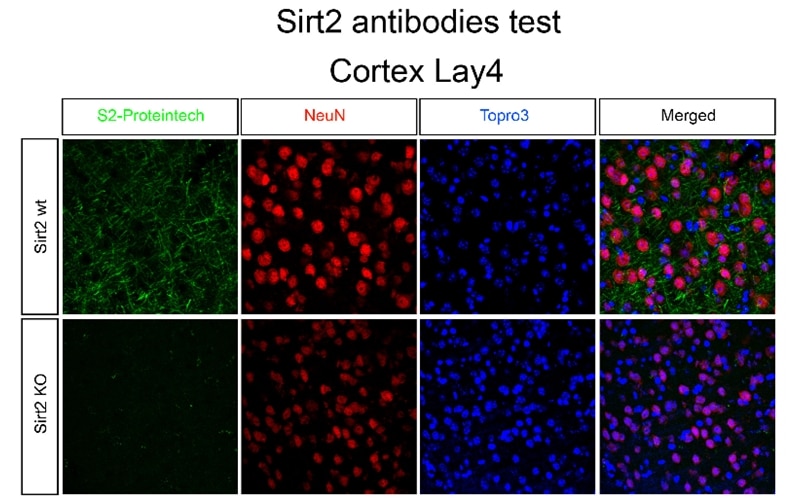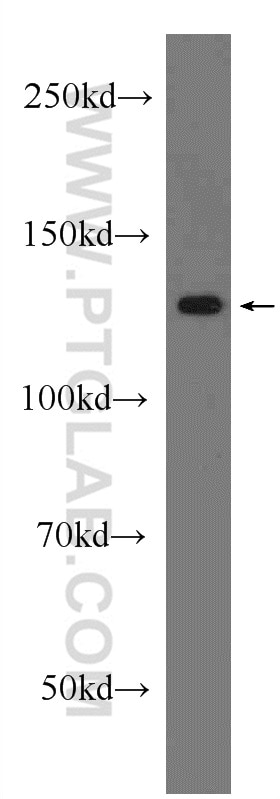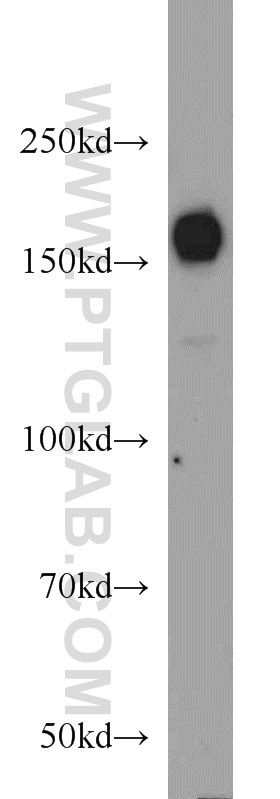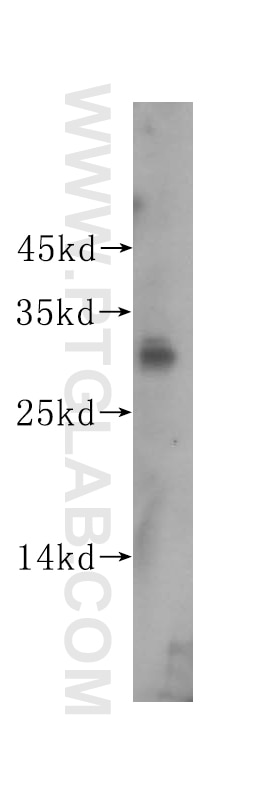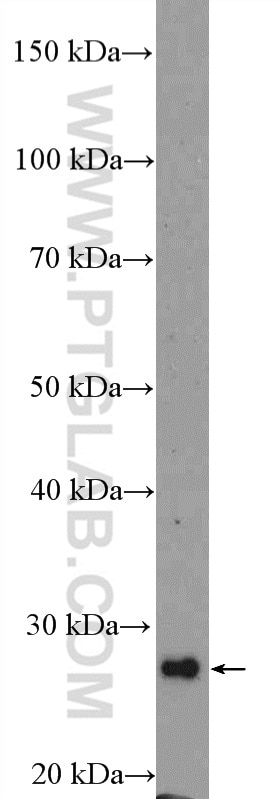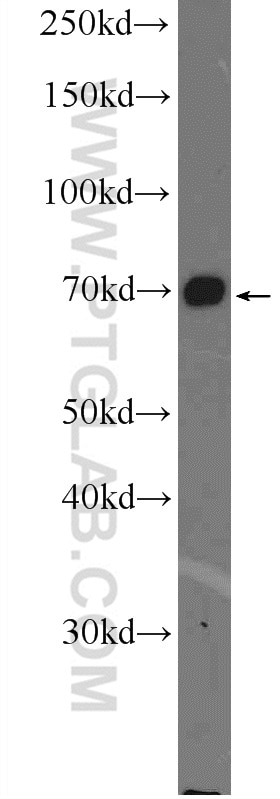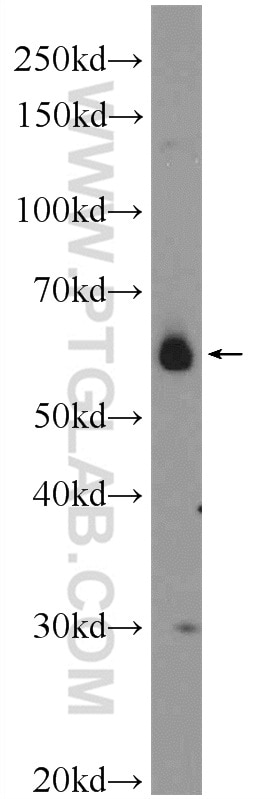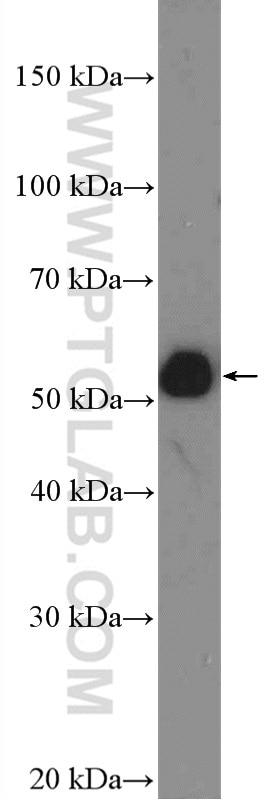- Phare
- Validé par KD/KO
Anticorps Polyclonal de lapin anti-SIRT2
SIRT2 Polyclonal Antibody for WB, IP, IHC, ELISA
Hôte / Isotype
Lapin / IgG
Réactivité testée
Humain, rat, souris et plus (4)
Applications
WB, IP, IF, IHC, CoIP, ELISA
Conjugaison
Non conjugué
N° de cat : 19655-1-AP
Synonymes
Galerie de données de validation
Applications testées
| Résultats positifs en WB | tissu cérébral de souris, tissu cérébral de rat, tissu cérébral humain |
| Résultats positifs en IP | tissu cérébral de souris, |
| Résultats positifs en IHC | tissu cérébral de rat, tissu cardiaque humain, tissu cérébral de souris, tissu de muscle squelettique humain il est suggéré de démasquer l'antigène avec un tampon de TE buffer pH 9.0; (*) À défaut, 'le démasquage de l'antigène peut être 'effectué avec un tampon citrate pH 6,0. |
Dilution recommandée
| Application | Dilution |
|---|---|
| Western Blot (WB) | WB : 1:5000-1:50000 |
| Immunoprécipitation (IP) | IP : 0.5-4.0 ug for 1.0-3.0 mg of total protein lysate |
| Immunohistochimie (IHC) | IHC : 1:500-1:2000 |
| It is recommended that this reagent should be titrated in each testing system to obtain optimal results. | |
| Sample-dependent, check data in validation data gallery | |
Applications publiées
| KD/KO | See 12 publications below |
| WB | See 55 publications below |
| IHC | See 5 publications below |
| IF | See 12 publications below |
| IP | See 2 publications below |
| CoIP | See 4 publications below |
Informations sur le produit
19655-1-AP cible SIRT2 dans les applications de WB, IP, IF, IHC, CoIP, ELISA et montre une réactivité avec des échantillons Humain, rat, souris
| Réactivité | Humain, rat, souris |
| Réactivité citée | rat, bovin, Chèvre, Humain, poisson-zèbre, singe, souris |
| Hôte / Isotype | Lapin / IgG |
| Clonalité | Polyclonal |
| Type | Anticorps |
| Immunogène | SIRT2 Protéine recombinante Ag7756 |
| Nom complet | sirtuin (silent mating type information regulation 2 homolog) 2 (S. cerevisiae) |
| Masse moléculaire calculée | 43 kDa |
| Poids moléculaire observé | 37-45 kDa |
| Numéro d’acquisition GenBank | BC003547 |
| Symbole du gène | SIRT2 |
| Identification du gène (NCBI) | 22933 |
| Conjugaison | Non conjugué |
| Forme | Liquide |
| Méthode de purification | Purification par affinité contre l'antigène |
| Tampon de stockage | PBS avec azoture de sodium à 0,02 % et glycérol à 50 % pH 7,3 |
| Conditions de stockage | Stocker à -20°C. Stable pendant un an après l'expédition. L'aliquotage n'est pas nécessaire pour le stockage à -20oC Les 20ul contiennent 0,1% de BSA. |
Informations générales
The Silent Information Regulator (SIR2) family of genes is a highly conserved group of genes that encode nicotinamide adenine dinucleotide (NAD)-dependent protein deacetylases, also known as Class III histone deacetylases. The first discovered and best characterized of these genes is Saccharomyces cerevisiae SIR2, which is involved in silencing of mating type loci, telomere maintenance, DNA damage response, and cell aging (10545947). SirT2, a mammalian homolog of Sir2, deacetylates α-tubulin at Lys40 and histone H4 at Lys16 and has been implicated in cytoskeletal regulation and progression through mitosis (12620231,16648462). SirT2 protein is mainly cytoplasmic and is associated with microtubules and HDAC6, another tubulin deacetylase (12620231). Deacetylation of α-tubulin decreases its stability and may be required for proper regulation of cell shape, intracellular transport, cell motility, and cell division (12620231,10966460). The abundance and phosphorylation state of SirT2 increase at the G2/M transition of the cell cycle, and SirT2 relocalizes to chromatin during mitosis when histone H4 Lys16 acetylation levels decrease (16648462,12697818). Overexpression of SirT2 prolongs mitosis, while overexpression of the CDC14B phosphatase results in both decreased phosphorylation and abundance of SirT2, allowing for proper mitotic exit (12697818). Thus, the deacetylation of both histone H4 and α-tubulin by SirT2 may be critical for proper chromatin and cytoskeletal dynamics required for completion of mitosis. This antibody recognizes the 37-45 KD SIRT2 proteins. This antibody is a specific antibody that it can't detect signal with SIRT2-KO samples.
Protocole
| Product Specific Protocols | |
|---|---|
| WB protocol for SIRT2 antibody 19655-1-AP | Download protocol |
| IHC protocol for SIRT2 antibody 19655-1-AP | Download protocol |
| IP protocol for SIRT2 antibody 19655-1-AP | Download protocol |
| Standard Protocols | |
|---|---|
| Click here to view our Standard Protocols |
Publications
| Species | Application | Title |
|---|---|---|
Cell Metab Elevation of JAML Promotes Diabetic Kidney Disease by Modulating Podocyte Lipid Metabolism. | ||
Neuron Oligodendrocytes enhance axonal energy metabolism by deacetylation of mitochondrial proteins through transcellular delivery of SIRT2.
| ||
J Clin Invest SIRT2 protects peripheral neurons from cisplatin-induced injury by enhancing nucleotide excision repair. | ||
Nat Commun Sirt6 deficiency exacerbates podocyte injury and proteinuria through targeting Notch signaling. | ||
Aging Cell SIRT2-knockdown rescues GARS-induced Charcot-Marie-Tooth neuropathy.
|
